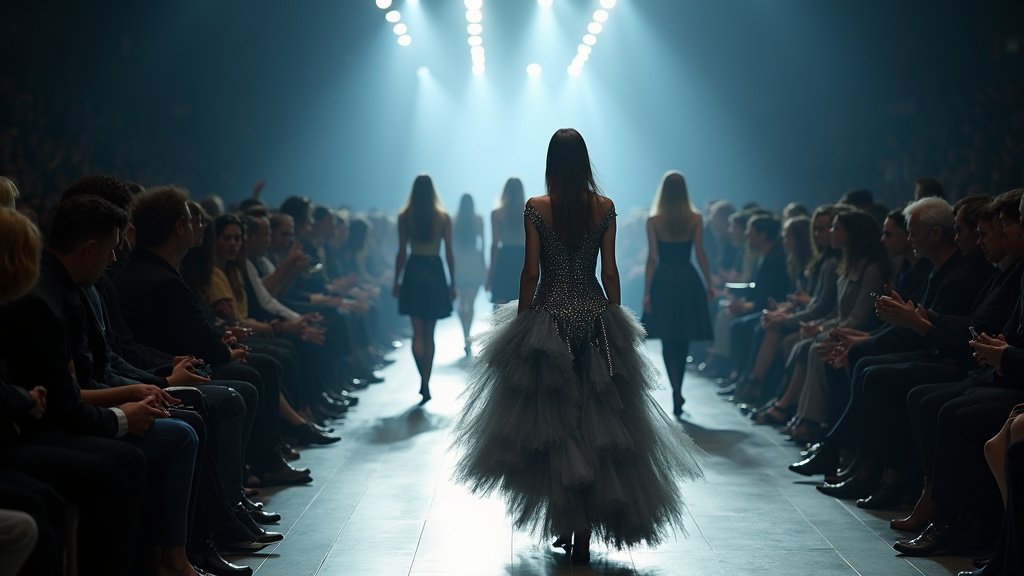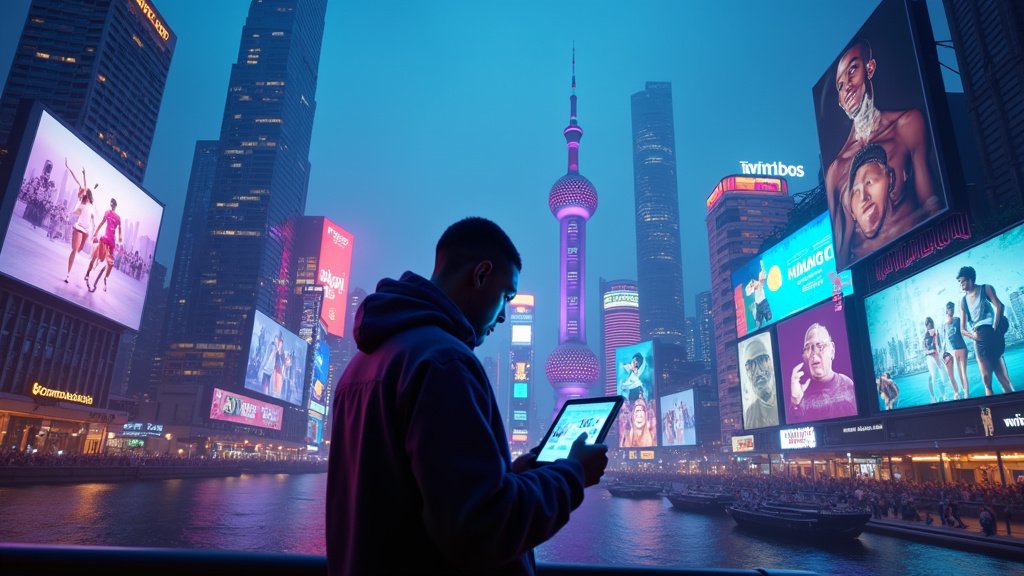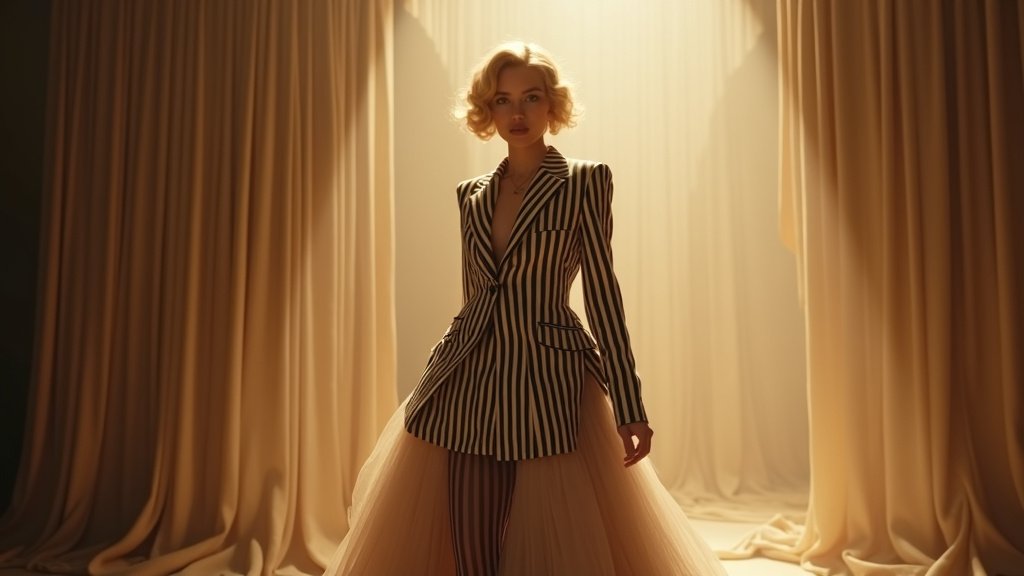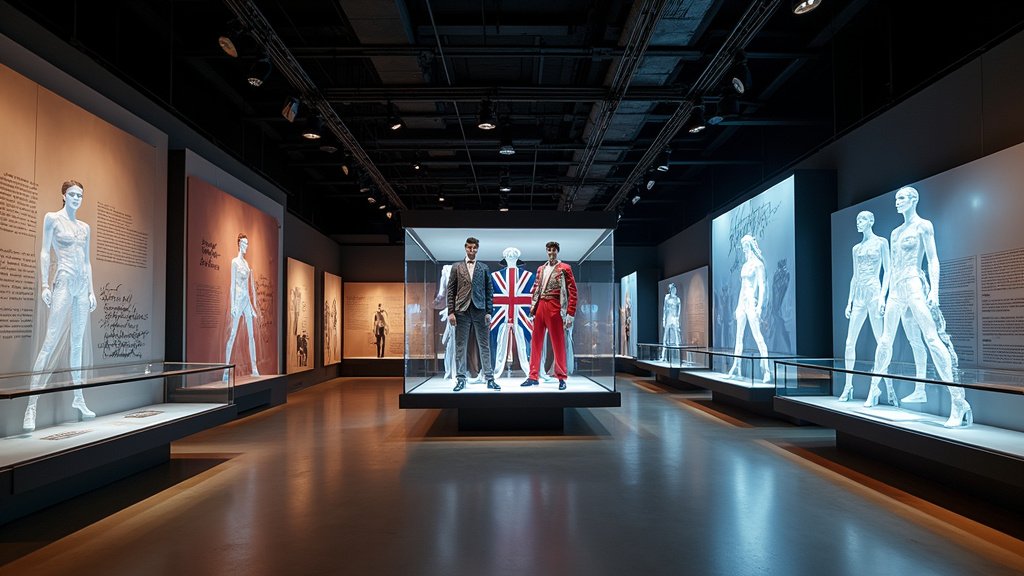In a move highlighting the escalating tensions between high-end brands and mass retailers, athletic apparel giant Lululemon Athletica Inc. filed a lawsuit against warehouse club retailer Costco Wholesale Corporation on Friday, July 4, 2025. The suit alleges that Costco is engaging in unlawful business practices by selling lower-priced imitations of Lululemon’s popular athleisure wear.
This legal challenge underscores the growing prevalence of fashion “dupes” – less expensive versions of sought-after, high-end apparel and accessories that closely resemble original designs without necessarily using protected trademarks. While the concept of creating more affordable alternatives to designer items is not new to the retail industry, the phenomenon has gained unprecedented momentum in recent years, largely driven by the amplifying power of social media platforms.
The Rise of the Dupe Economy
The proliferation of fashion dupes is intrinsically linked to online culture. Platforms like TikTok have become central hubs for discovering and promoting these lower-cost alternatives, with hashtags such as “#LululemonDupes” garnering significant attention and engagement. This digital environment fosters a culture of sharing deals and finding ways to achieve a luxury aesthetic without the associated premium price tag.
Consumers are increasingly vocal online about their finds, reviewing and comparing dupes to their expensive counterparts. This online buzz not only drives sales for retailers offering the dupes but also shapes consumer expectations, indicating a strong desire among shoppers to access the feeling or look of luxury without having to pay top dollar.
Legal Challenges and Design Protection
Lululemon’s lawsuit against Costco brings the dupe phenomenon into sharp legal focus. The company alleges that Costco’s actions infringe upon its intellectual property, although specific details regarding the alleged infringement beyond the sale of similar-looking athleisure wear were presented in the complaint. The case is poised to explore the boundaries of design protection in a market saturated with similar products.
The distinction between a legitimate design inspiration and an unlawful imitation is often debated in the retail world. “Pure” dupes, which merely resemble certain features or aesthetics of a high-end item without directly copying trademarks, logos, or patented designs, are generally considered legally permissible. Some argue that these types of dupes can even serve to increase awareness of the original, more expensive items, acting as a form of indirect marketing to a broader audience who might aspire to own the genuine article.
However, Lululemon’s complaint extends beyond just Costco, noting that numerous other companies have also replicated its apparel designs to sell cheaper alternatives. The widespread nature of these imitations, often popularized through online channels, suggests a systemic challenge to established brands relying on design exclusivity and brand prestige to command high prices.
Market Examples and Consumer Demand
The trend of offering affordable look-alikes is visible across various retail sectors. Examples abound, ranging from footwear to handbags. Target, for instance, offers a version of fuzzy slippers that retail for approximately $15, drawing clear comparisons to Hermès’ much more expensive counterpart, which can cost around $1,000. Similarly, online retailer Quince sells a hobo bag for $99, widely seen as an interpretation of Bottega Veneta’s iconic style, which typically retails for approximately $2,800.
These instances highlight the strategic positioning by some retailers to tap into the consumer appetite for accessible luxury. By offering items that capture the essence of high-fashion trends at significantly lower prices, they appeal to a broad market segment that is price-sensitive but still desires stylish, contemporary looks.
The Future of Retail and Design Copying
The lawsuit between Lululemon and Costco is likely to be watched closely by the retail industry. Its outcome could provide further clarity on the legal limits of design copying in the era of fast fashion and rapid online trend dissemination. While social media continues to fuel the demand for dupes, brands face the ongoing challenge of protecting their creative investments and market position against lower-cost competitors.
The phenomenon reflects a broader shift in consumer behavior, driven by economic factors, social media influence, and a democratization of fashion trends. As brands navigate this evolving landscape, the balance between inspiration, imitation, and legal protection remains a critical challenge.





